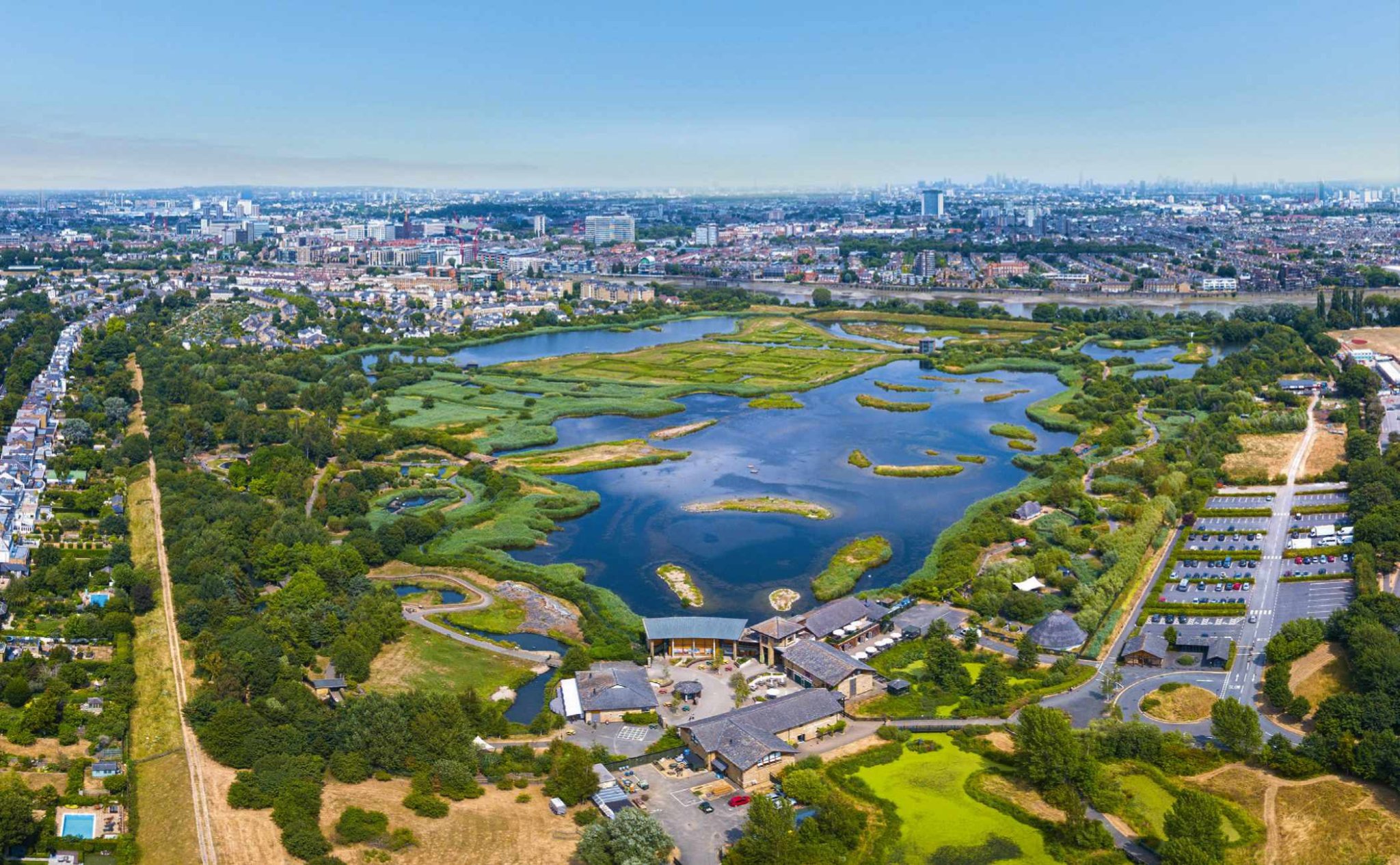DAY OUT: London Wetland Centre, London
Sanctuary in an urban oasis
The weaving trails of this wetland reserve offer a welcome dose of wilderness within a stone’s throw of central London, discovers David Lindo

London Wetland Centre is the embodiment of what you can achieve through urban rewilding. It is a remarkable achievement of naturalised landscaping, featuring that all important giver of life: water.
In the UK, we have lost over 90% of our wetlands due to drainage, reclamation and pollution. So I was delighted when, 25 years ago, I first heard of the Wildfowl and Wetlands Trust’s plan to convert four disused, bland-looking Victorian reservoirs in Barnes, south-west London, into a wetland wonderland of lakes, pools and gardens for nature and people. All under the watchful eye of the Trust’s founder, the late and definitely great Sir Peter Scott.
AVIAN ABUNDANCE
Situated on a north-facing bend of the Thames, the area has long attracted birds stopping off on the river along their migration routes and, in particular, waterfowl and waders, such as avocets and black-tailed godwits. Also known locally as Barnes Wetlands, the site covers some 42 hectares. To wander around its many accessible paths through woodland, meadows and the wetlands is a joy.
Over 180 bird species are seen here annually, ranging from glamorous kingfishers to waterfowl, including herons, little egrets and tufted ducks. The area is famous for its water voles, too. There are six hides around the site that are perfect for photographing wildlife or just to sit back and watch the natural world.
Visit in spring for the chance to see plenty of species, including returning sand martins fresh in from Africa hawking over the water for insects. Migrant warblers such as blackcaps, willow warblers and chiffchaffs will be in full song in the riparian woodlands. In the reeds, chorusing reed and sedge warblers sonically blend in with the resident and explosively loud Cetti’s warblers. And the glorious great crested grebes will be conducting their famous head-wagging ruff-flaying displays. Oh, what joy spring brings!
SEASONS OF CHANGE
But the other seasons are just as fruitful. In summer, watch hobbies chasing dragonflies, while in the autumn, you could happen across a ring ouzel – a scarce migrant in London. In the winter, ducks such as wigeon, teal and pintail arrive, and you may even see the centre’s most famous denizen, the bittern.
David Lindo, aka The Urban Birder, is a broadcaster, naturalist, writer and photographer.